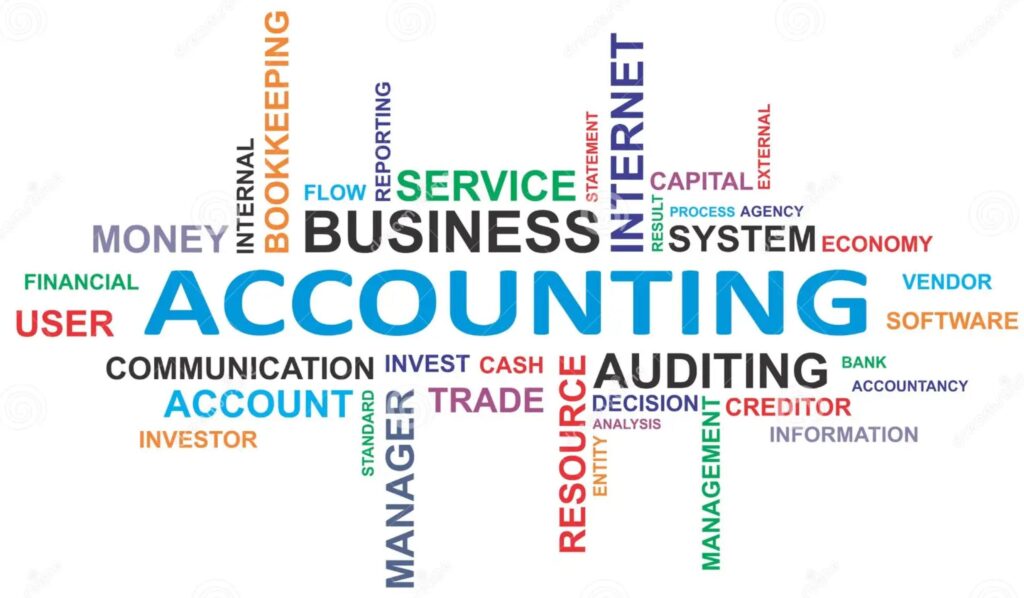Accountancy, often regarded as the language of business, is replete with specialized terms and jargon that can be perplexing to the uninitiated. Whether you’re a budding entrepreneur, a student studying finance, or simply trying to understand your personal finances better, it’s crucial to grasp the key accountancy terms that underpin financial management and reporting. In this blog post, we will demystify some of the most fundamental accountancy terms, making the complex world of finance more accessible to everyone.
- Assets
Assets are the tangible or intangible resources owned by a business or individual that have monetary value. They can include physical assets like real estate, equipment, and inventory, as well as intangible assets like patents, trademarks, and goodwill. Assets are typically divided into current assets (e.g., cash, accounts receivable) and non-current assets (e.g., property, plant, equipment).
- Liabilities
Liabilities represent the obligations or debts that a business or individual owes to others. Common examples of liabilities include loans, accounts payable, and bonds. Like assets, liabilities can also be divided into current liabilities (e.g., short-term debt) and non-current liabilities (e.g., long-term loans).
- Equity
Equity, often referred to as shareholders’ equity in a business context, represents the ownership interest in a company. It’s the residual interest in assets after deducting liabilities. Equity includes common stock, retained earnings, and additional paid-in capital. In simple terms, it’s what remains for the owners after all obligations are met.
- Revenue
Revenue is the income generated by a business from its primary operations, such as sales of products or services. It’s often called “sales” or “sales revenue” and is a crucial indicator of a company’s financial performance. Revenue is reported on the income statement.
- Expenses
Expenses are the costs incurred in the process of generating revenue. These can include salaries, rent, utilities, and the cost of goods sold (COGS) for businesses that sell products. Reducing expenses and managing them effectively is essential for improving profitability.
- Profit and Loss (Income Statement)
The profit and loss statement, often referred to as the income statement, is a financial statement that summarizes a company’s revenue, expenses, and net income (or net loss) over a specific period. It’s a critical tool for assessing a company’s profitability.
- Balance Sheet
The balance sheet provides a snapshot of a company’s financial position at a specific point in time. It lists the company’s assets, liabilities, and equity. The balance sheet adheres to the fundamental accounting equation: Assets = Liabilities + Equity.
- Cash Flow Statement
The cash flow statement shows the inflows and outflows of cash within a company during a given period. It is divided into three sections: operating activities, investing activities, and financing activities. It helps assess a company’s liquidity and its ability to meet short-term financial obligations.
- Depreciation
Depreciation is an accounting method used to allocate the cost of tangible assets (e.g., machinery, vehicles) over their useful life. This reflects the wear and tear on assets and reduces their book value over time.
- Accrual Accounting vs. Cash Accounting
Accrual accounting recognizes revenue and expenses when they are earned or incurred, regardless of when the cash is received or paid. Cash accounting, on the other hand, records transactions only when cash changes hands. Most businesses use accrual accounting for a more accurate representation of their financial health.
Understanding these fundamental accountancy terms is a valuable step towards financial literacy and effective financial management, whether in a personal or business context. These terms form the foundation of financial reporting and analysis, helping individuals and businesses make informed decisions and navigate the complexities of the financial world with confidence. As you delve deeper into the world of finance, these concepts will serve as your trusty companions, helping you decode the language of accountancy and unlock financial success.


